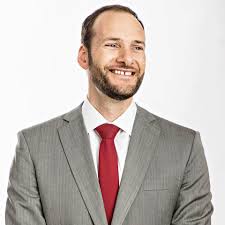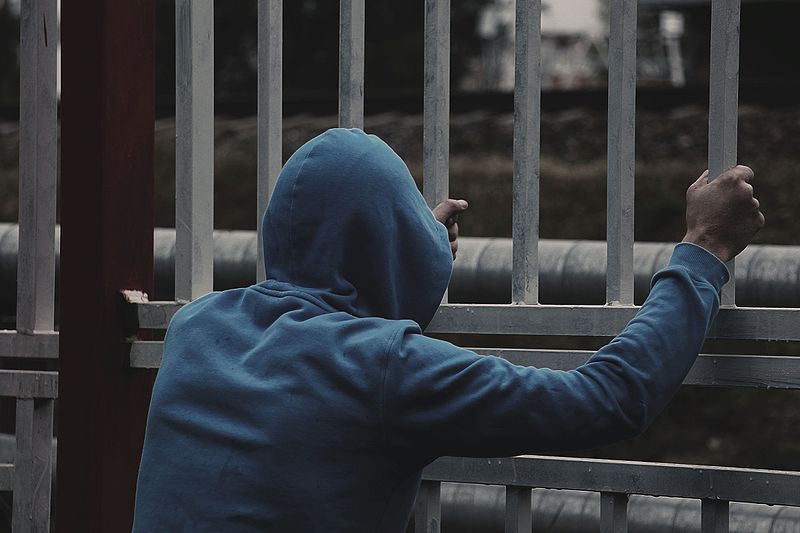Advocates Demand Release of Incarcerated Youth Amid COVID-19 Crisis
SF District Attorney, Former Rikers Physician, Correctional Administrators, Formerly Incarcerated Youth and Others Voice Concerns for Inmates Incarcerated During Pandemic.
Youth justice experts held a digital press conference today to urge governors and system administrators to release incarcerated youth and halt new admissions to protect youth from COVID-19. As the virus spreads quickly in enclosed spaces, such as cruise ships and nursing homes, it can spread just as quickly in detention centers, prisons and jails. Youth detention centers and youth prisons are not equipped to handle the medical needs of youth when COVID-19 outbreaks occur. Putting youth in these conditions creates serious risk for spread in the community as well. Youth and staff have already tested positive for the virus in youth prisons and detentions across the country.
The push is being led by youth justice advocates in more than 30 states. Youth correctional administrators are calling for the diversion and release of youth from custody to avoid spread of the infection in youth facilities and to prevent harm of young people and staff as well as potential inadvertent community spread.

“My earliest memories were going through steel gates and metal detectors just to be able to give my parents a hug,” said Chesa Boudin, San Francisco District Attorney. “That experience profoundly shaped me and my understanding of what incarceration does to us as families, communities and as a country. One of the issues that we’re talking about today that’s also affected me personally is the COVID-19 epidemic and its unique impact on jails, prisons, and detention centers. My father’s prison in upstate New York has already had at least one correctional official test positive, and I think and worry every day about my father’s health.”
“In the last two weeks, we have seen a number of myths come crashing down. One myth is that kids can’t get sick,” said Dr. Homer Venters, a physician and epidemiologist who oversaw efforts to contain the outbreak of the H1N1 virus at New York’s Rikers Island jail. “We have seen that this is not the case. We know that this population is made up of youth that have disproportionately higher health problems that put them at higher risk. We cannot proceed on the basis of this misconception. They can and they will get sick if we don’t do anything.”
“I was incarcerated at the time of Hurricane Irene and can still remember the anxieties running through my mind. I remember the hypervigilant fear I felt of knowing that I was trapped and can only imagine what youth must be feeling now with the fear of being trapped as the virus is spreading,” said Hernan Carvente Martinez, Youth Partnership Strategist, Youth First Initiative. “If we truly care about our young people, then we need to release our youth and make sure that the resources are there for them to support them in their communities with their families.”
“Ironically, 2020 marks 15 years since Hurricane Katrina. Having to recall our children that were left in prison when an entire city was on an evacuation order was all too painful to see and it seems that we’re pretty much in the same position to date,” said Gina Womack, Executive Director, Families and Friends of Louisiana’s Incarcerated Children. “Our elected officials here are making plans and moves for everyone in the state of Louisiana except for the children who are locked behind bars, they seem to be an afterthought.”
“As a former youth correctional officer, I fear that this will be an absolute nightmare to deal with when this virus hits these facilities,” said Vincent Schiraldi, Co-Director Columbia University Justice Lab, former Director, Washington, D.C. Department of Youth Rehabilitation Services, former Commissioner, NYC Department of Probation. “Kids will not be safer in these places. These facilities are built to do the exact opposite of social distancing. A storm is coming. And we don’t want to wait until the storm is here to act. We need to act now.”
“We believe that it’s important to do away with large youth prisons and reduce the population of confined young people. That’s extraordinarily true now and we’re in crisis mode,” said Marc Schindler, Executive Director, Justice Policy Institute, former Interim Director, Washington, DC Department of Youth Rehabilitation Services. “We’re calling for the release of youth from these facilities, as well as calling to limit as much as possible contact with the justice system for young people and their families.”
Readers can watch the full digital press conference here.
Additionally, as news outlets continue to cover the harmful impact our youth justice system is having on young people, especially amid COVID-19, concerned citizens may read the latest report from the Youth First Initiative, Covering Youth Justice Issues. The report makes several recommendations for how reporters can be best equipped to cover young people’s experience with the youth justice system, including using the right language, learning more realities about the system, and recognizing young people as experts.
Lede photo: Rehab Center Vita. credit Kazan Vperemen Wikimedia Commons. Image used under the Creative Commons Attribution-Share Alike 4.0 International license.

